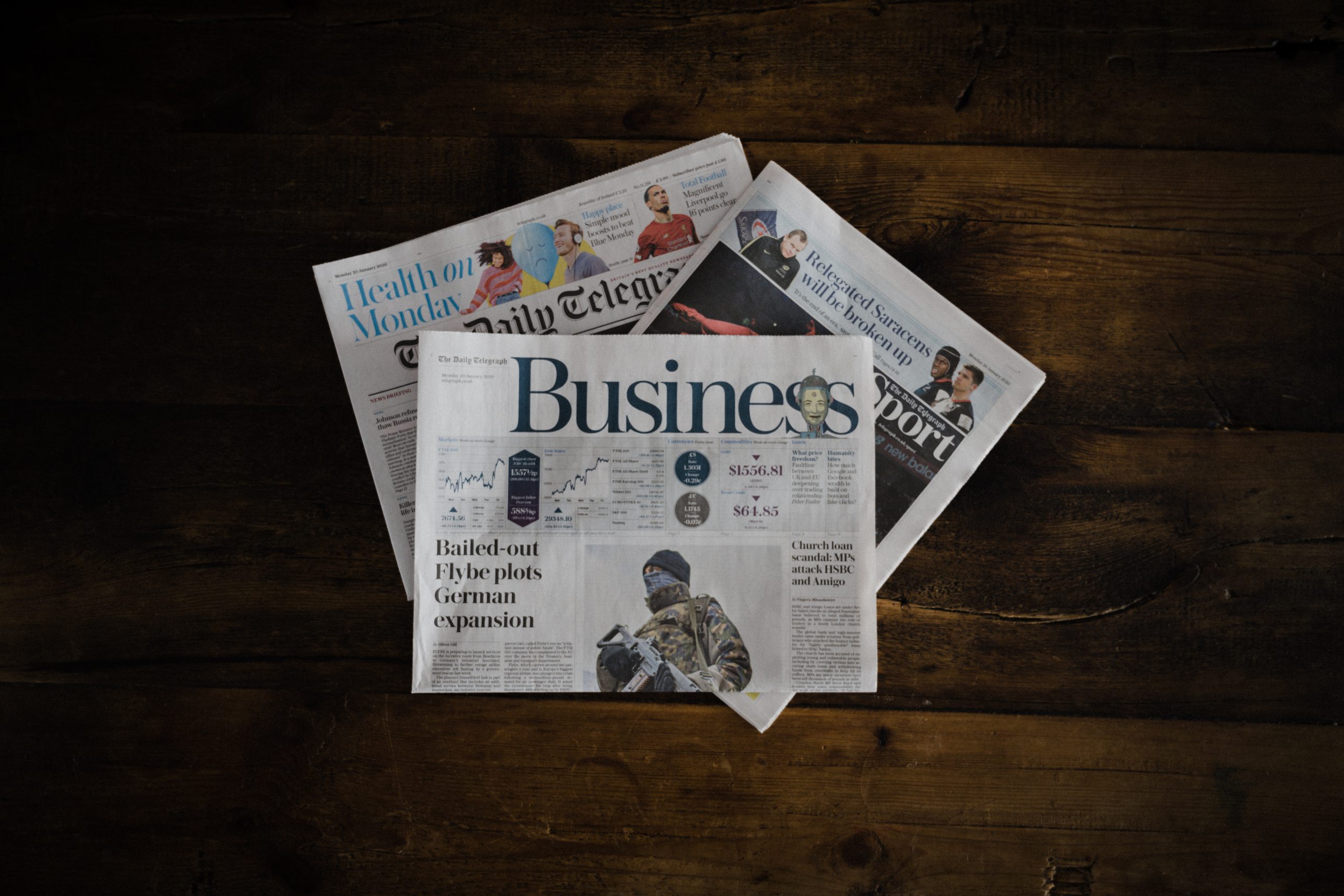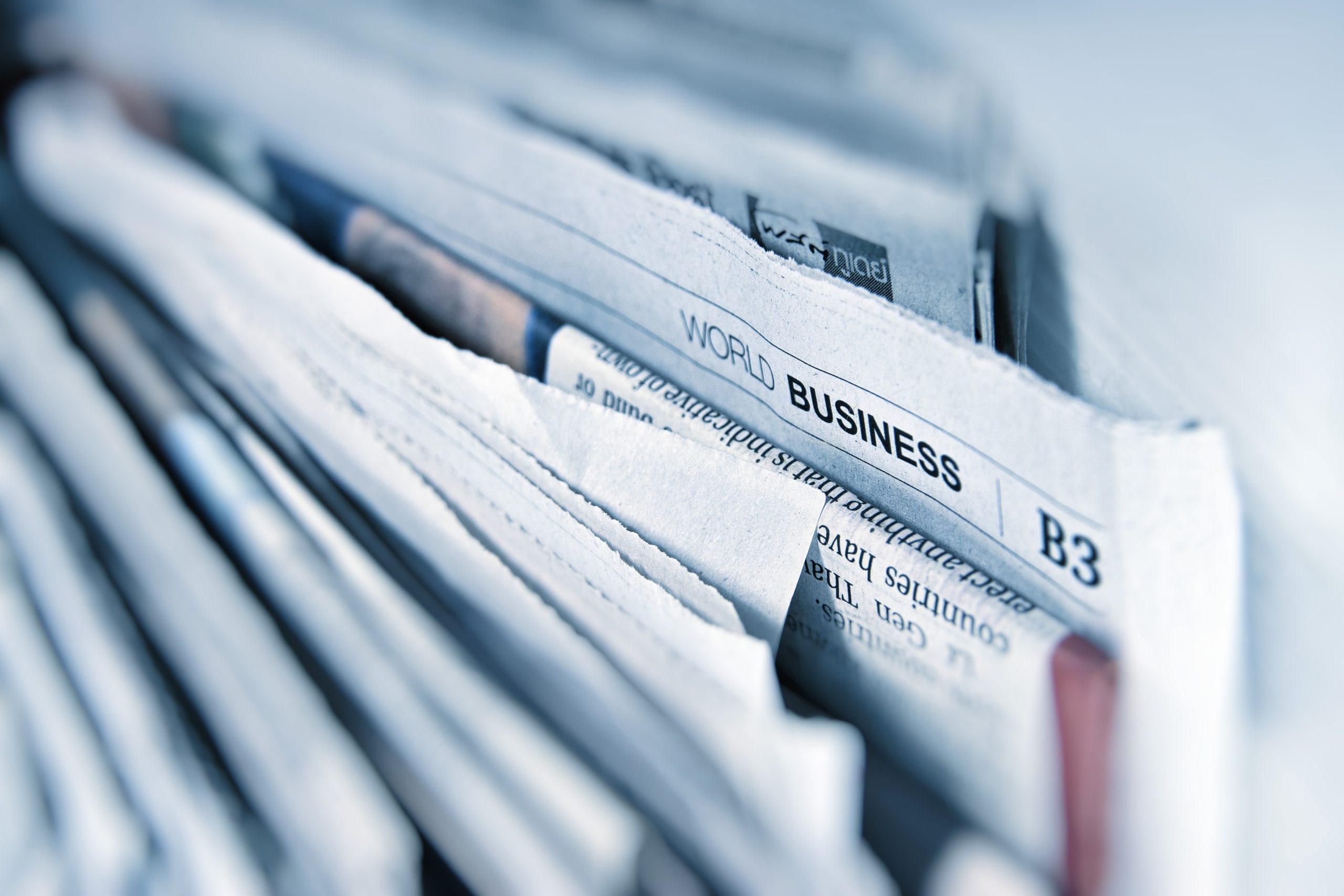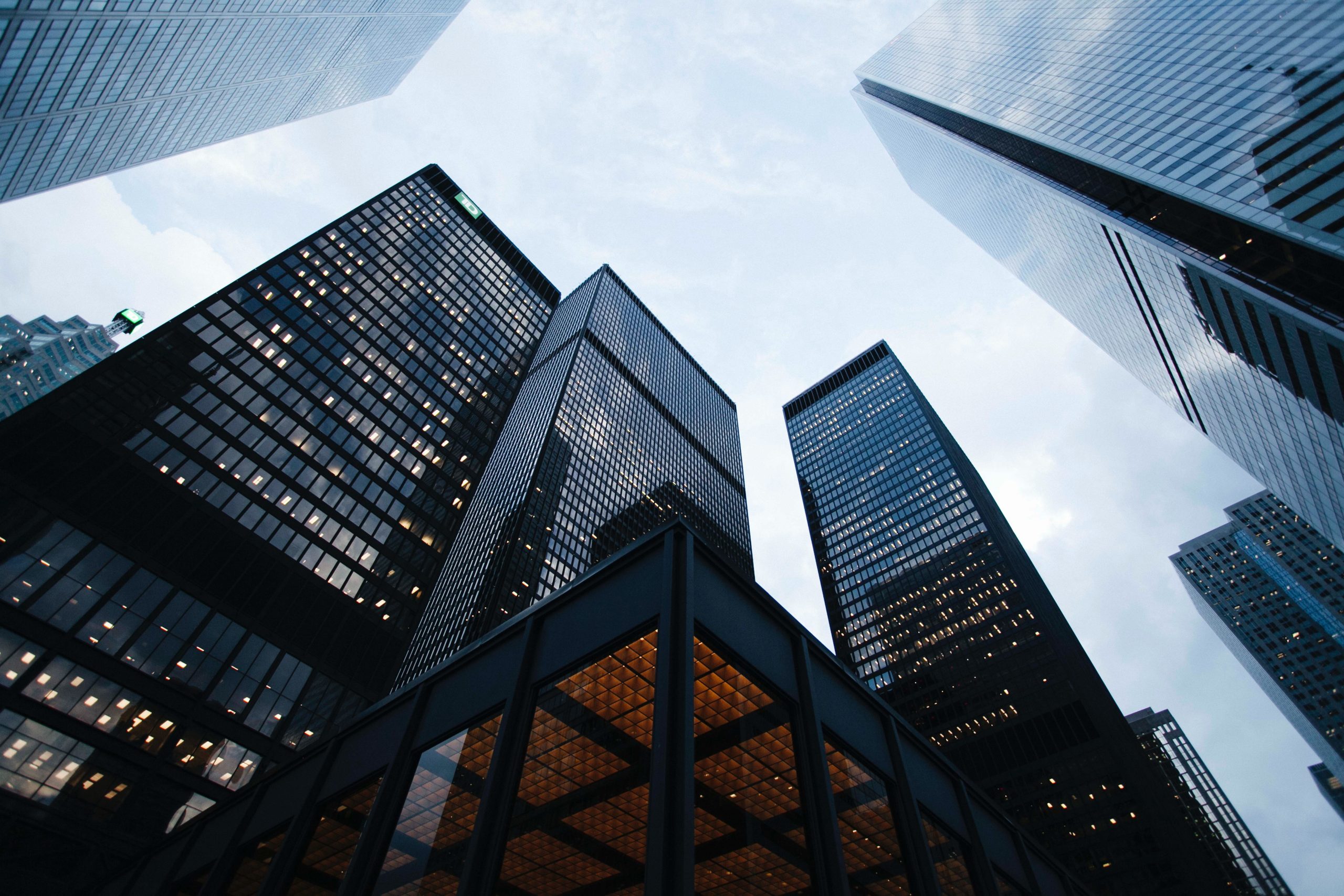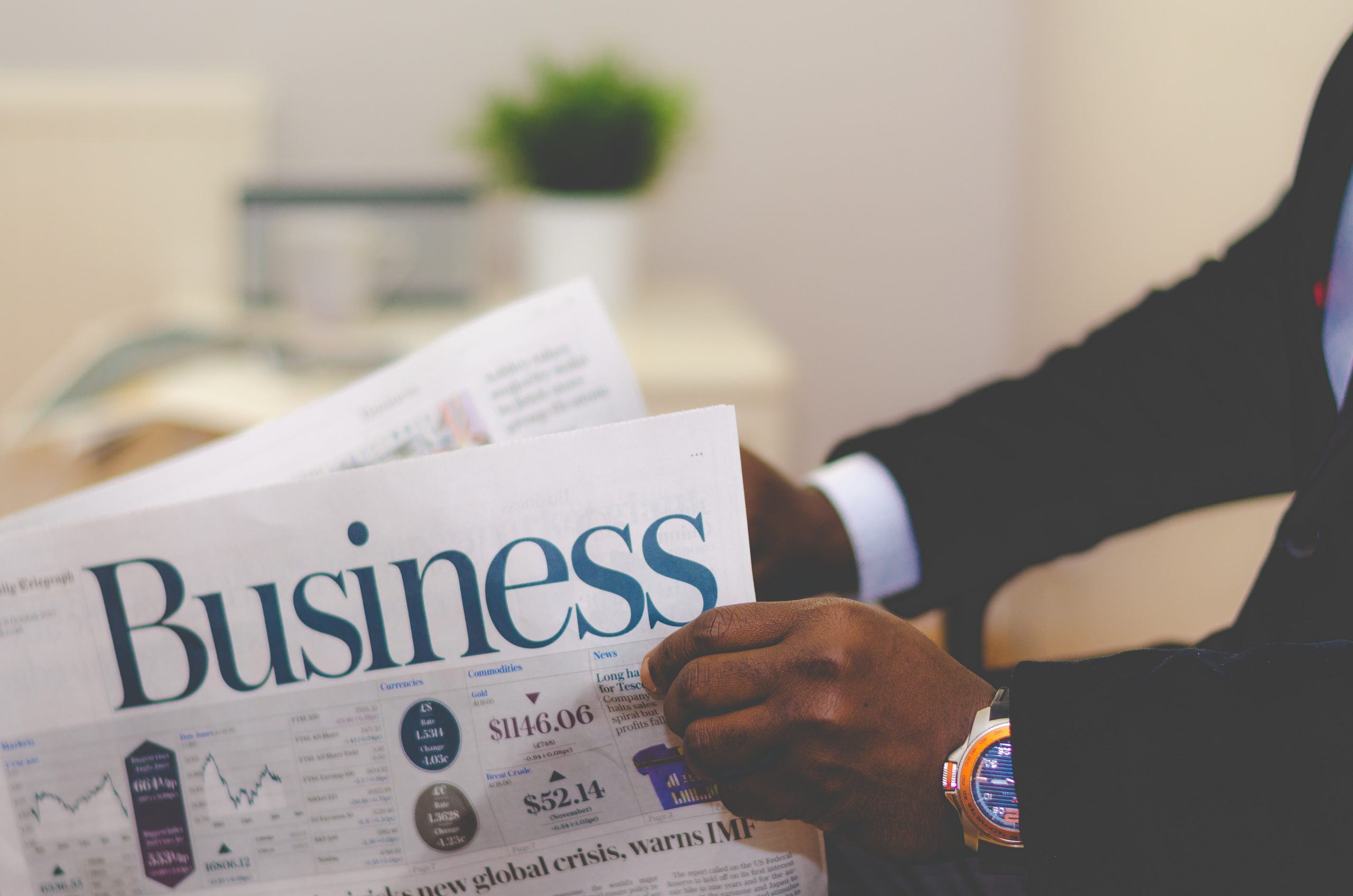A fresh wave of tariffs from President Donald Trump — despite a temporary pause on many — has unleashed chaos across global markets, reigniting trade tensions and rattling investors. But billionaire hedge fund manager Ray Dalio says the real storm is still to come.
On April 7, in a lengthy social media post, Dalio argued that the recent tariff drama is merely a symptom of deeper, structural problems.
“We are seeing a classic breakdown of the major monetary, political, and geopolitical orders,” he wrote.
Dalio outlined five forces he described as reshaping the global landscape.
1. The global monetary order
Dalio said the global economic order is breaking down due to unsustainable debt and deep imbalances between debtor nations like the U.S. and creditor nations like China. As these imbalances unwind, Dalio warned the current monetary order will be forced to change in “big disruptive ways”, with major consequences for capital markets and the broader economy.
2. The political order
Dalio sees the political order of democracies breaking down under the weight of what he calls “huge gaps” in people’s education, income and opportunity levels, as well as values. He said history shows this kind of environment often gives rise to “strong autocratic leaders” — especially when paired with economic and market turmoil.
3. The global power structure
Dalio was blunt on this point: “The international geopolitical world order is breaking down because the era of one dominant power (the U.S.) that dictates the order that other countries follow is over.” He argued it’s being replaced by a “unilateral, power-rules” approach. While the U.S. remains the most powerful nation, Dalio said it is now operating under a more self-interested, “America First” framework.
4, 5. Nature and technology
Dalio added that “acts of nature” — such as floods and pandemics — are becoming more disruptive, while rapid advances in technology — such as artificial intelligence — are impacting “all aspects of life, including the money/debt/economic order, the political order, the international order, and the costs of acts of nature.”
Given the magnitude of these forces, Dalio cautions readers not to focus solely on tariffs.
“I urge you to not to let news-grabbing dramatic changes like the tariffs draw your attention away from these five big forces and their interrelationships, which are the real drivers of overall big cycle changes,” he wrote.
That doesn’t mean ignoring tariffs entirely. Instead, Dalio urged readers to look at how events like Trump’s tariff actions ripple through all five systems — monetary, political, geopolitical, environmental and technological.
Read more: The US stock market’s ‘fear gauge’ has exploded — but this 1 ‘shockproof’ asset is up 14% and helping American retirees stay calm. Here’s how to own it ASAP
Dalio didn’t offer specific investment advice in his post. But in a February interview with CNBC, he noted the importance of diversification — and pointed to the role of one time-tested asset.
“People don’t have, typically, an adequate amount of gold in their portfolio,” he said. “When bad times come, gold is a very effective diversifier.”
Gold is considered a go-to safe haven. It can’t be printed out of thin air like fiat money, and because it’s not tied to any single currency or economy, investors flock to it during periods of economic turmoil or geopolitical uncertainty, driving up its value. Over the past 12 months, gold prices have surged around 35%.
Today, there are plenty of ways to gain exposure to gold. Investors can buy gold bullion — some online platforms offer a selection of gold and silver bars and coins — own shares of gold mining companies, invest in gold ETFs and even tap into potential tax advantages through a gold IRA.
Many experts — including Federal Reserve Chair Jerome Powell and JPMorgan CEO Jamie Dimon — have warned that Trump’s tariffs could trigger a significant rise in inflation.
While gold remains a classic hedge, real estate offers a time-tested alternative — with the added benefit of generating passive income.
When inflation rises, property values often increase as well, reflecting the higher cost of materials, labor and land. This makes real estate a compelling store of value for investors looking to protect their wealth.
Moreover, real estate doesn’t just rely on appreciation for returns. Rental properties, for instance, can provide a steady stream of passive income. As inflation pushes up the cost of living, rental income typically rises alongside it, helping landlords offset the erosion of purchasing power.
These days, you don’t need to buy a property outright to invest in real estate. Crowdfunding platforms, for example, allow everyday investors to own shares in properties without the large down payments or management headaches traditionally associated with real estate ownership.
Alternatively, real estate investment trusts (REITs) provide another avenue for those looking to gain exposure to this asset class.
This article provides information only and should not be construed as advice. It is provided without warranty of any kind.

















